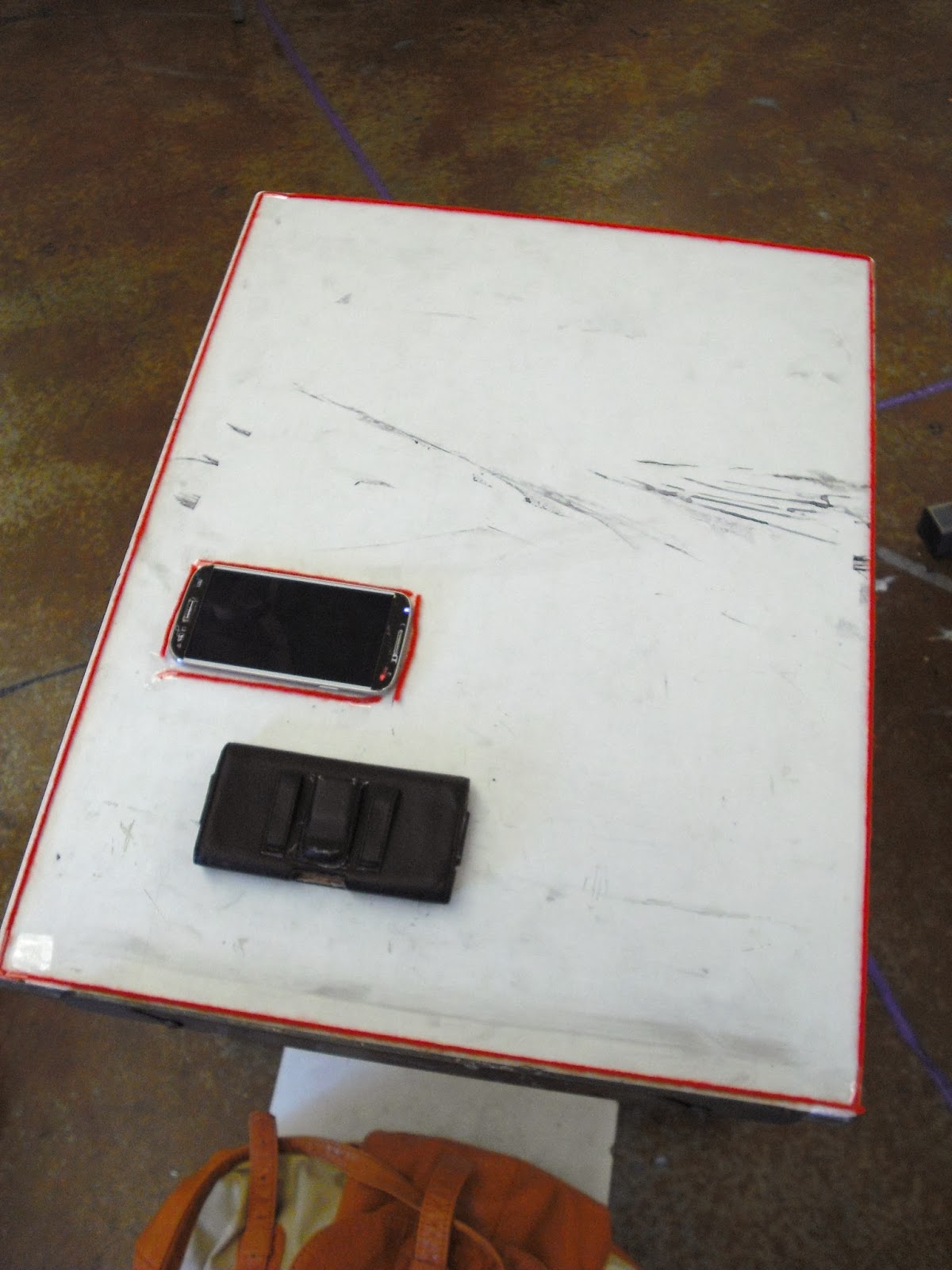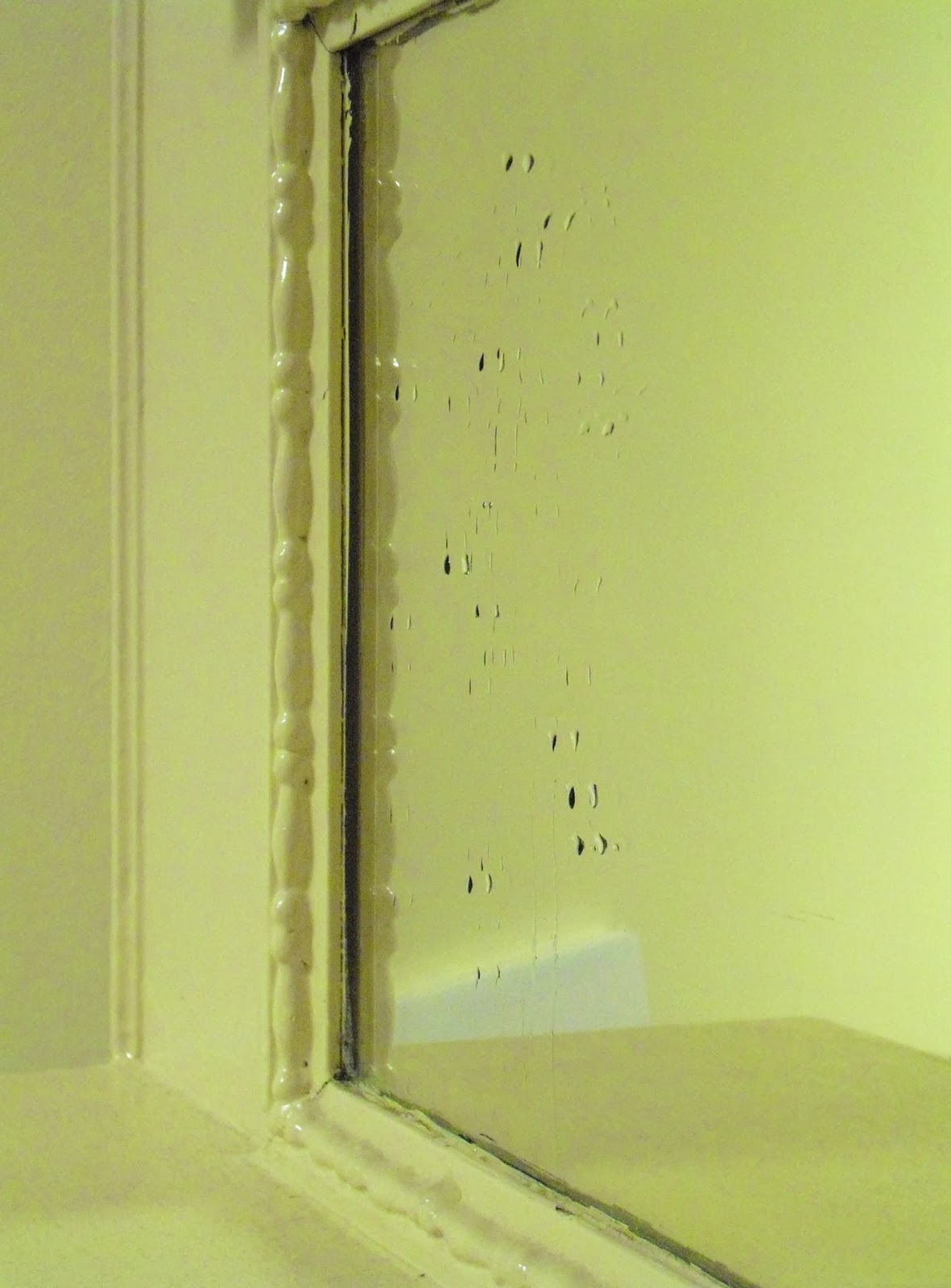For this drawing, I contemplated the way in which our eyesight, acts as a vessel in acquiring or reflecting upon a memory. Not only is eyesight one of the greatest tools we have, in which to capture moments of time, but it is also a door that may convey a type of memory, that another, may be reliving.
Thursday, March 27, 2014
Monday, March 17, 2014
Drawing as Navagation and/or Walking.
For this assignment, I was thinking of drawing in terms of documentation; the video below, is a visual documentation of the various paths I take each week. The destinations are listed in order of playback in video: to work, to S-5, to S-3, to S-1 and to S-7.
Conceptual Assignment 2, Drawing Stick Figures
I wanted to choose a relatable and simple subject and observe the various ways, in which others would convey it.
Thursday, March 13, 2014
One Mark Against Many
As a sales associate, I am required to re-set the shoe aisles each night before closing; this has to be done, so that every morning the store looks new and inviting. Throughout the day, a great deal of people move the shoes to various places and into various positions; so in this way, my actions to re-organize the shoes, is one mark, against many. It is also a continuous mark, as the displacement of our shoes, is an inevitable recurrence.
Friday, March 7, 2014
Week 4: Non-Traditional Drawing Techniques, Manipulation & Wood
Part 1: For the first part of this week, I focused of the manipulation of painter's tape; by bending and scrunching my tape into various patterns, on wood, I created a 3-D forms that resemble rosettes and wrinkled material.
Part 2: In my second piece, I used scraps of wood, that I collected, ranging in shape and color, to create a sort of wooden collage. The different textures and shapes assemble into a planned picture that also appears random. I attached the scraps onto a wood platform to create a border and maintain a rectangular frame.
Material: Tape
Process: Manipulation/movement
Primary Element: Manipulation
Process: Collection
Primary Element: Wood
Part 2: In my second piece, I used scraps of wood, that I collected, ranging in shape and color, to create a sort of wooden collage. The different textures and shapes assemble into a planned picture that also appears random. I attached the scraps onto a wood platform to create a border and maintain a rectangular frame.
Material: Tape
Process: Manipulation/movement
Primary Element: Manipulation
Material: Wood
Process: Collection
Primary Element: Wood
Monday, March 3, 2014
Week 3: Non-Traditional Drawing Techniques, Contours & Surface Variation
Part 1: For this week, I decided to focus my content on the outlines of everything around me, the separation of shadow and light, or of one color, from color. I like to observe everything around me at all times, whatever it is; I oftentimes begin to imagine things in their drawn, or sketched form, reducing what I see down to lines or shadows, created by a pencil. I took this thought and chose to apply it visually, allowing one to think of the world in such a way, other than in a passive manner, seeing things only as one scene to the next. I chose red yarn, for visibility purposes and used tape to assist in guiding the string in the correct contours.
Part 2: I also chose to use water, for the experimentation of surfaces; by brushing water across wood, cardboard, a mirror and plastic, I was able to see how it reacted with each material surface. I was considering this, in relation to the way mediums, such as paint, or charcoal, will react differently with various surfaces and provide numerous results. The water was absorbed faster by the cardboard and wood, than the mirror, or plastic; the wood absorbing the water the fastest, of the two. The mirror and plastic allowed the water to maintain a 3-D effect, as it would not dissolve into the surface and would only disappear through drying up.
Material: String
Process: Reflection/Movement
Primary Element: Reflection
Material: Water
Process: Erasure/Reflection
Primary Element: Water
Part 2: I also chose to use water, for the experimentation of surfaces; by brushing water across wood, cardboard, a mirror and plastic, I was able to see how it reacted with each material surface. I was considering this, in relation to the way mediums, such as paint, or charcoal, will react differently with various surfaces and provide numerous results. The water was absorbed faster by the cardboard and wood, than the mirror, or plastic; the wood absorbing the water the fastest, of the two. The mirror and plastic allowed the water to maintain a 3-D effect, as it would not dissolve into the surface and would only disappear through drying up.
Material: String
Process: Reflection/Movement
Primary Element: Reflection
Process: Erasure/Reflection
Primary Element: Water
Subscribe to:
Comments (Atom)





















